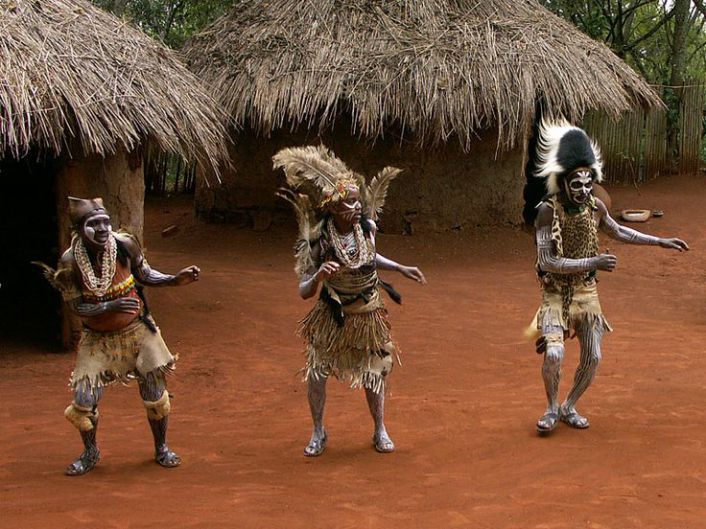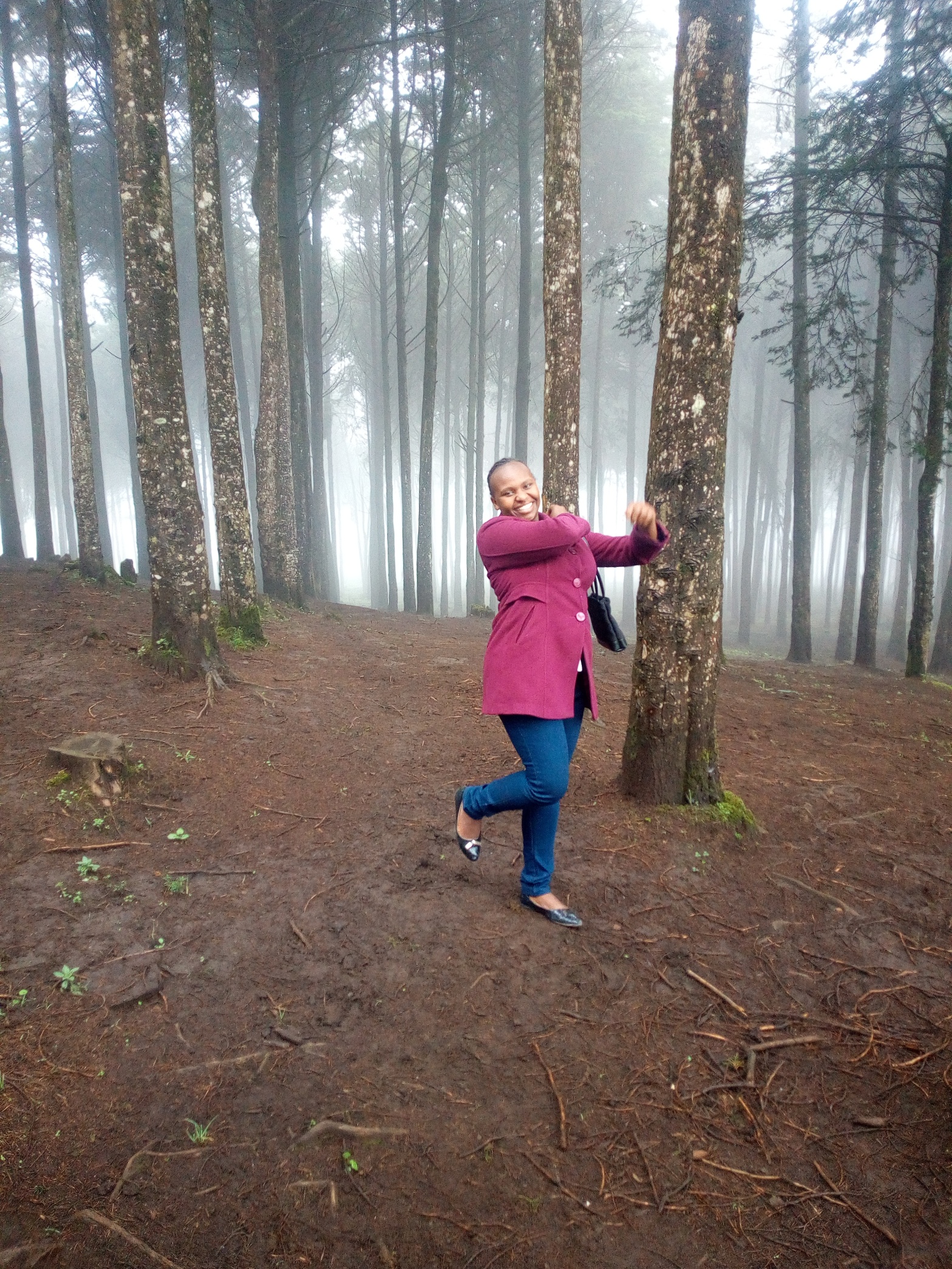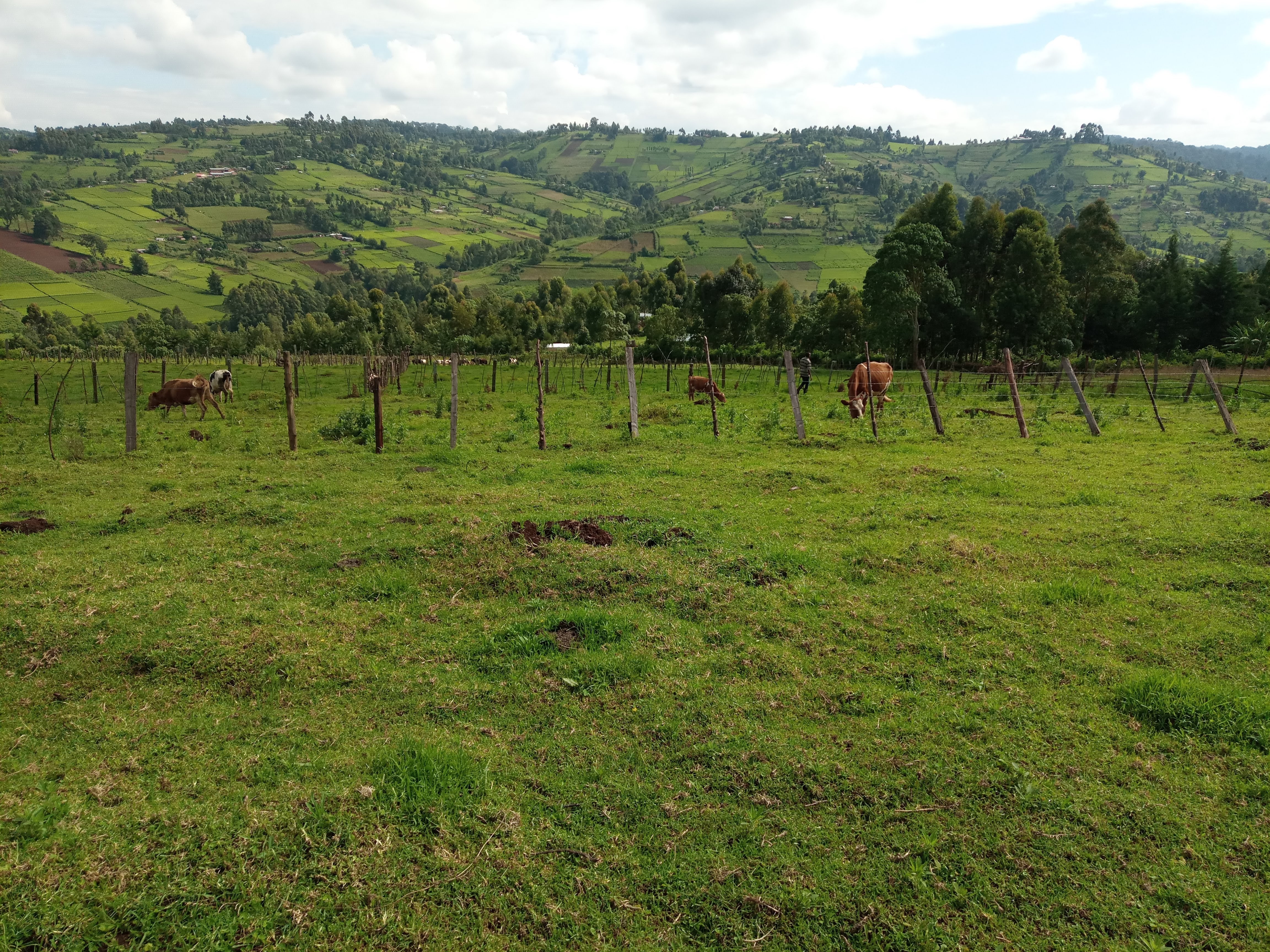Agikuyu community has a rich history. They are the largest tribe in Kenya. They reside in every part of Kenya but their original homeland is the central part of Kenya. Mount Kenya is not only a beautiful scenery to look at but also very symbolic to this community. The story of this Bantu tribe begins with Gikuyu and Mumbi who gave birth to ten daughters.
It is a taboo to say 10 daughters and so they use 9 daughters instead. 9 of Mumbi’s daughters gave birth forming the 9 clans of this tribe while the tenth was barren. These people are farmers, traders, and well-known fighters. In fact, this community, through the Mau Mau, led the country into independence from the British rule. The first president of Kenya, Late President Jomo Kenyatta, third president, Hon. Mwai Kibaki and fourth president, Hon. Uhuru Kenyatta comes from this community.
This great tribe has the most business-oriented people in Kenya, hardworking, focused, and calm. Mt. Kenya, which they call Kirinyaga is a mountain where Gikuyu used to face while praying, offering sacrifices, and performing rituals. To date, the community has elders who were chosen to perform rituals and pray for the community during wars, droughts, famine, and calamities for God to bless them. These elders also decide what kind of punishment or fine to give to wrongdoers. The Mugumo tree is also another symbolic tree in the community. No one is allowed to cut that tree as the community used it as a shrine for prayers. The video below shows how elders even perform rituals when the Mugumo tree falls to avoid curses and being hurt.
There are so many interesting facts about this community. Once you visit their homes, before doing anything else, the visitor should be served with tea. The number of houses in the homestead signifies the number of wives. Many wives signified that the man was wealthy. The man had his own house which he built after his parents advised him. The rest were built once he got married. The wife’s house had two beds, one for her and the other for the girls. The young boys slept on the floor of their mother’s house with the goats. Maybe this is the reason why Kikuyu men start doing business so early and by 18 years, they are fully independent.
The man’s house was used by the father to give advice to the male children while women gave to the daughters as they spent the most time together. Having the father sleeping in his house was no joke. The wife had to pretend she was asleep, once the children were asleep, she would walk slowly towards the husband’s house then come back later in the night. Interesting, right?
Circumcision was done for both boys and girls at the same time only that it was carried out by a man for boys and a woman for girls. After circumcision, the men would move out of their parent’s house and build elsewhere. The firstborn male in the house was supposed to build his house near the gate to offer security to the family.
The Kikuyu community has the best Ruracios ever! Ruracios are engagement ceremonies. Before this ceremony, the groom, his father, and friends visit the bride’s home. This is to inform the bride’s parents of their intentions. This is followed by an arrangement of Ruracio which is a ceremony to negotiate the bride price. During this event, the two families meet to celebrate. The bride’s family prepares food for the groom’s family. The bride is to supposed to prepare porridge using ground millet. Grinding is done using two stones. This is to show how strong the wife-to-be is.
The women from the groom’s side and the bride’s side meet at the gate. This is when the bride’s side starts singing songs telling the groom’s side not to come in because they are late. The other side apologizes and gives them gifts to soften their hands. Words fail me, but that ceremony is the best!
The men now go in for negotiation and it is only after the negotiation is complete and agreed upon, that the bride is allowed to step in and food is served. On that day, the bride is as beautiful as a peacock. Ladies of her height and size are chosen and all of them dress in shukas. The groom is then asked to pick his wife-to-be. If the groom picks a different woman, he pays a fine. The introduction of families is done and the food is served! A lot of watermelon and soup.
This community has unique women. Have you ever seen hardworking, focused, strict, and uptight women? Go to Central, Kenya. Some men are shy and are told by their women to kneel down. If another woman comes in and asks why he is kneeling down, he gets pinched. I am tempted to laugh already. Anyway, these women are so independent. It is important to understand this so that when you marry from this community, you blend well and understand that they behave that way because they are powerful!
These people are very aggressive and almost all their towns are well developed. From Kiambu, Nyeri, Kirinyaga, and Mwea, all these are big towns. I admire this community and proud that we are all Kenyans. Moreover, they have the most beautiful women in the land. That’s it about the Kikuyu community. Check down below the Kikuyu dance and enjoy yourself.


































